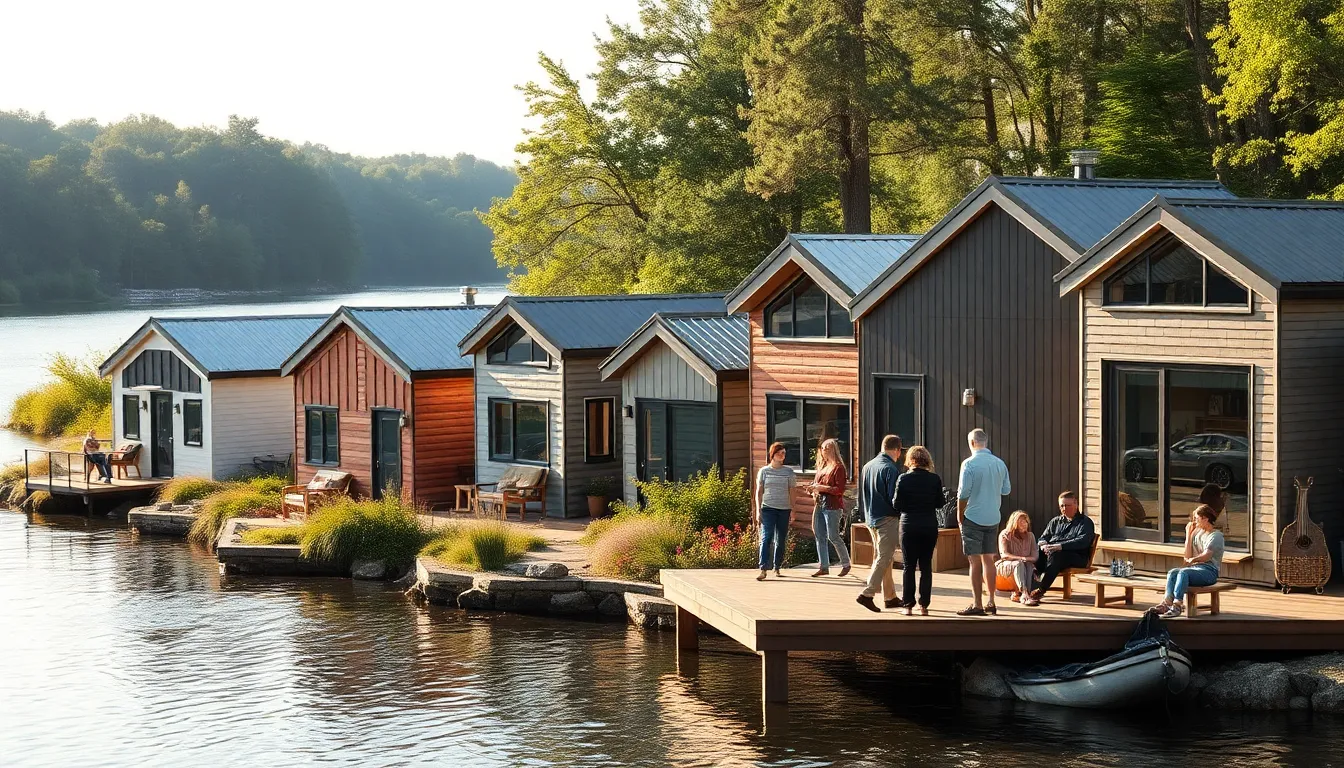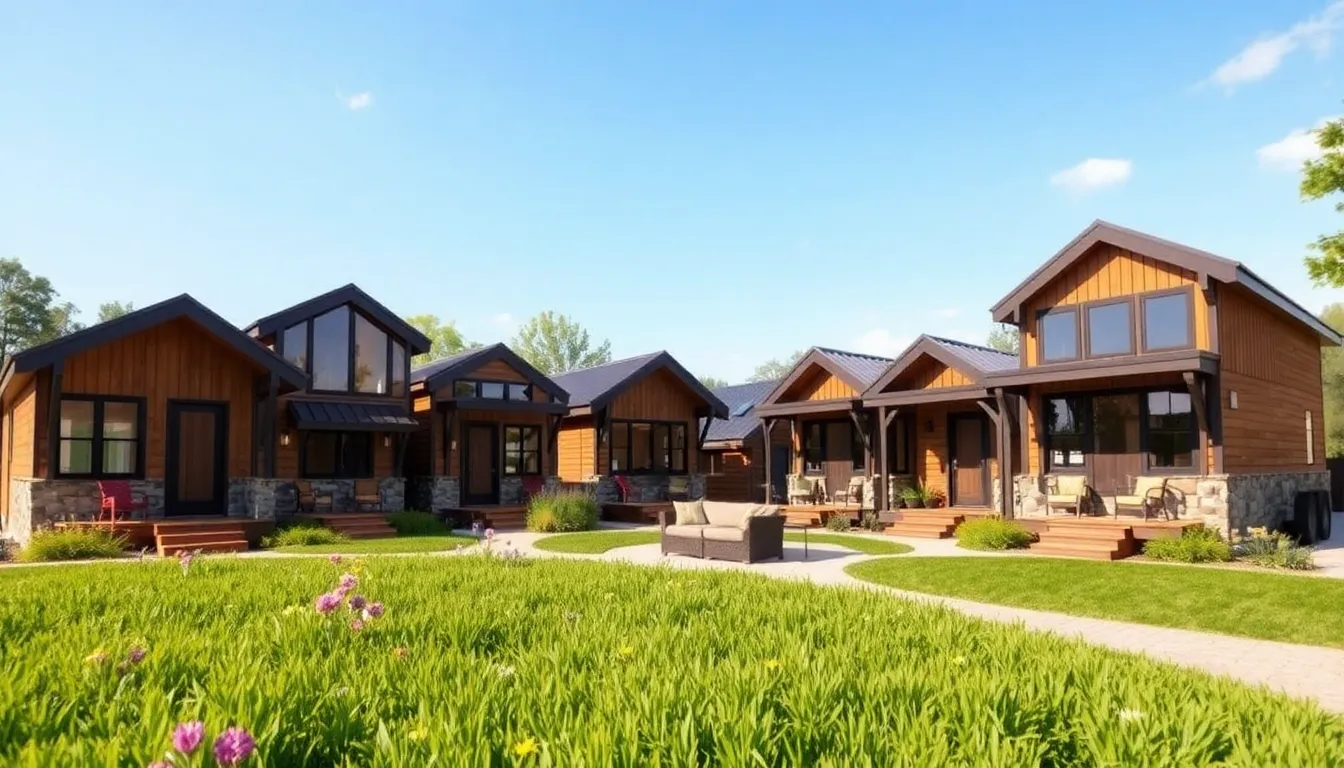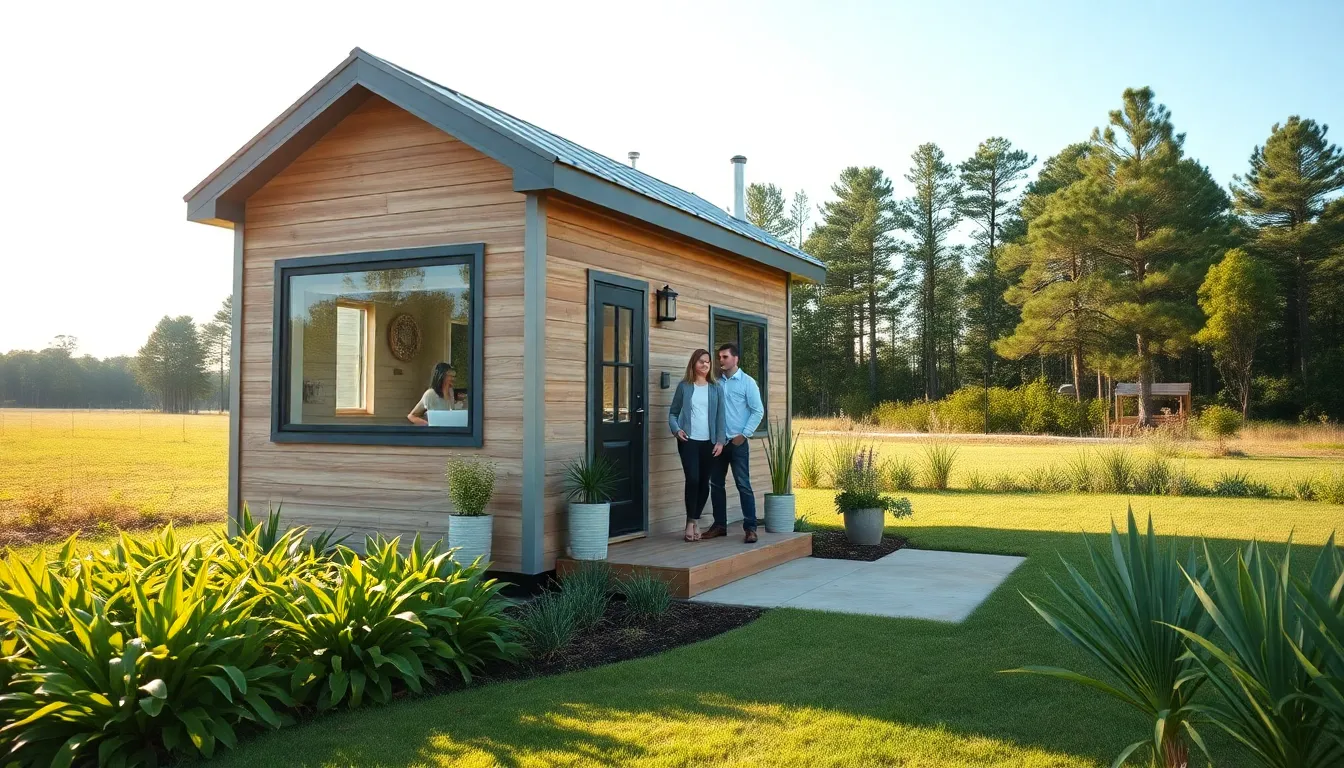Imagine living in a cozy home that embodies simplicity while maximizing functionality, welcome to the world of tiny living. For those tired of sprawling estates and cleaning them daily, indigo river tiny homes offer a fabulous alternative. If downsizing sounds appealing and the charm of a tiny home is calling your name, read on. You might even find yourself thinking about where to stash your extra shoes or if you can fit the cat scratcher in your new abode. Let’s jump into the captivating realm of indigo river tiny homes and discover the art of living large in a smaller footprint.
Table of Contents
ToggleThe Concept of Tiny Living

Tiny living is more than just a trend: it’s a lifestyle revolution. Encompassing less clutter, lower expenses, and a focus on experiences rather than possessions, tiny homes have captured the hearts of many enthusiasts across the globe. The concept centers on the idea that a smaller living space encourages conscious choices and a more sustainable lifestyle. People are increasingly drawn to the simplicity that comes with tiny living, allowing them to prioritize what truly matters, family, community, and the great outdoors.
This movement is thriving, especially as urban areas become overcrowded, prompting a shift toward minimalist living solutions. Indigo river tiny homes epitomize this movement, providing spaces where creative designs and functionality unite to create perfect pockets of living.
Benefits of Tiny Homes
Living in a tiny home comes with a treasure trove of benefits that many people may not realize. For starters, financial freedom is a massive draw. Tiny homes often come at a fraction of the cost of traditional houses, which translates to smaller mortgages, lower utility bills, and reduced maintenance expense. Who wouldn’t want to ditch sky-high payments and live with less financial stress?
Also, these homes can also save you time. With less space to tidy and fewer possessions to manage, residents can spend more time doing what they love, hiking, exploring new eateries, or simply binge-watching their favorite shows (we won’t judge.). The tiny home lifestyle encourages a greater connection to the community and nature, offering opportunities to interact with neighbors and enjoy outdoor activities. More space for Mother Nature and less space for storage boxes? Yes, please.
Exploring Indigo River Tiny Homes
Indigo river tiny homes provide a unique glimpse into the world of innovative design and environmental consciousness. Each tiny home is thoughtfully crafted to combine aesthetics with practical living.
Design Features of Indigo River Tiny Homes
One of the standout aspects of indigo river tiny homes is their stunning design features. These dwellings often incorporate inventive storage solutions, clever layouts, and gorgeous interiors. Imagine stepping into a space where every nook and cranny is utilized efficiently while still feeling airy and inviting.
These homes are often warm and inviting, often featuring large windows that let in ample natural light, making the space feel even larger than it is. From stylish kitchenettes to cozy nooks perfect for curling up with a good book, indigo river tiny homes showcase that small does not mean boring.
Sustainable Building Practices
Eco-friendliness is another key aspect of indigo river tiny homes. These homes use sustainable building practices that focus on reducing their environmental impact. Many come equipped with energy-efficient appliances, reclaimed materials, and even solar panels. These features help minimize energy consumption and promote a healthier planet. By contributing to sustainable communities, residents of indigo river tiny homes not only save money but also play a part in creating a more sustainable future.
Community Living and Amenities
Community is at the heart of the tiny home movement, and indigo river tiny homes are no exception. Living in such close quarters fosters a sense of camaraderie and connection between residents. Community amenities, such as shared gardens, green spaces, or recreational areas, enhance the experience by providing safe places for socialization.
Residents can host potlucks, engage in group activities, or simply enjoy each other’s company in a supportive environment. This community-centric approach not only makes life more enjoyable but also imbues the space with a sense of belonging, crucial for emotional well-being. Who knew living small could lead to such rich connections?
Cost Considerations and Financing Options
Now that the enticing aspects of indigo river tiny homes have been unveiled, let’s investigate into the realities of financing and costs associated with this lifestyle. Although purchasing a tiny home is generally cheaper than buying traditional real estate, buyers must still consider several financial factors.
Costs will vary based on size, design, customization, and location. If you’re eyeing an indigo river tiny home, it’s wise to also explore financing options specifically tailored for tiny homes. Many banks and credit unions are starting to recognize the value of these homes, and specialized lenders often provide better terms for buyers. Whether it’s through personal loans, RV loans, or even crowdfunding, it’s essential for prospective tiny homeowners to do their assignments to find the right financing strategy that suits their needs.
The Future of Tiny Living at Indigo River
The future of tiny living, particularly at indigo river, looks extraordinarily bright. As people search for more environmentally sustainable lifestyles and seek a deeper connection with their communities, the appeal of tiny homes is only expected to grow. The flexibility to embrace a minimalist lifestyle combined with the potential for economic freedom makes tiny living a winning formula for modern life.
With advancements in building techniques and further acceptance of alternative living spaces, indigo river tiny homes will set the standard for future developments. As interest in new communities continues to burgeon, the promise of innovative designs and eco-friendly living captures imagination. Not only could this transform housing markets, but it could also encourage a more conscious way of living.






